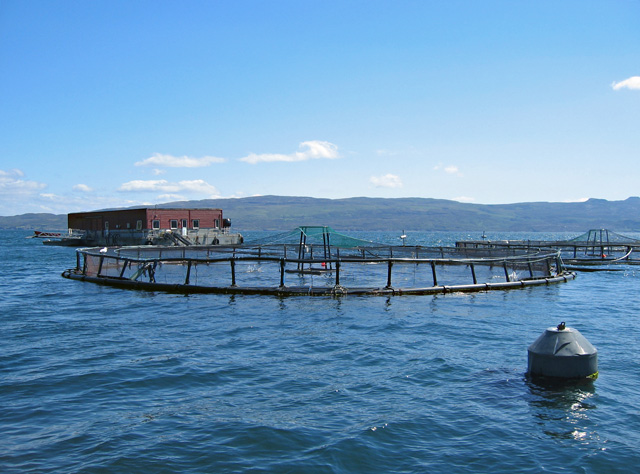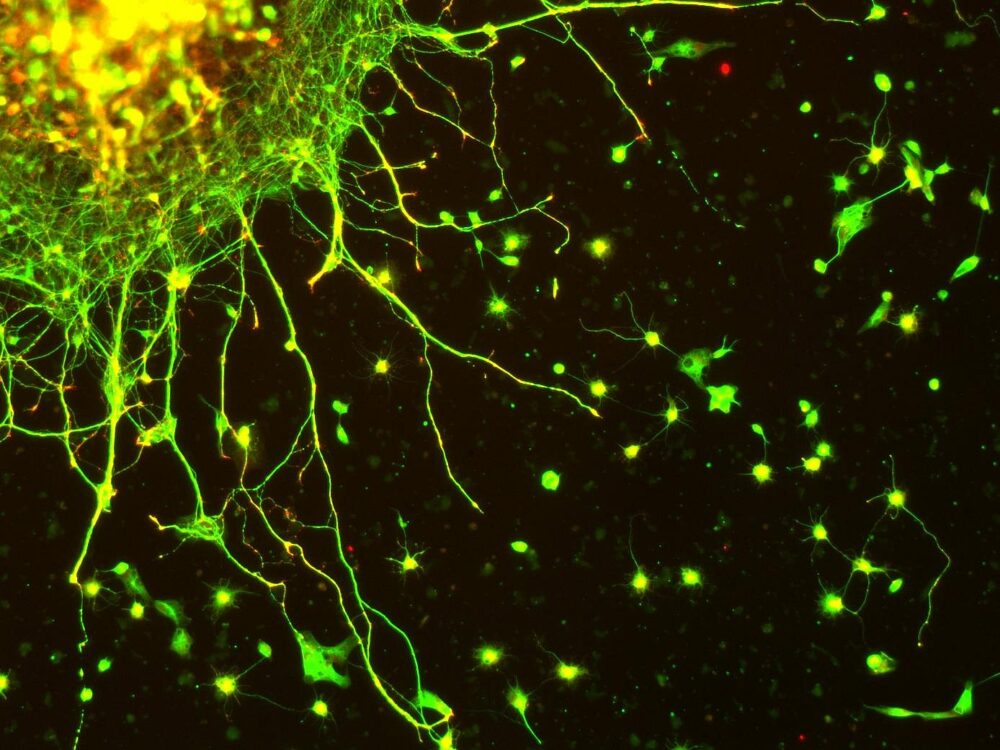Mangroves and oysters: Using nature’s ecosystem engineers to save coastal communities
Globally, Indonesia hosts the largest concentration of mangrove forests, accounting for over 20% of the world’s total mangrove population. According to the United Nations Food and Agriculture Organization, mangrove forests are among the most threatened ecosystems on our planet, with Indonesia reporting the greatest decline in population of any concentrated area of mangrove forest. Without […]
Mangroves and oysters: Using nature’s ecosystem engineers to save coastal communities Read More »








